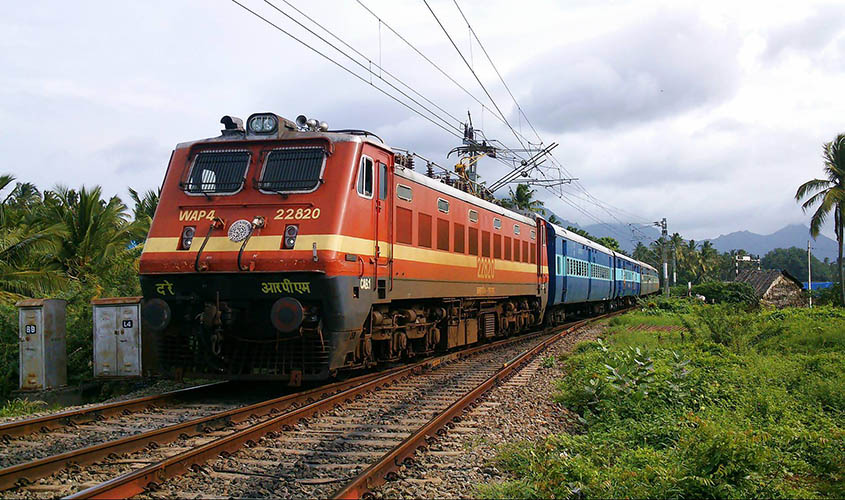The slow progress in the renewal of old tracks in the last 12 years has resulted in the deterioration of railway infrastructure in the country, leading to an increased number of train derailments. 72% of accidents that took place in these 12 years, were caused by derailments.
As per figures of the Ministry of Railways, as many as 1,517 accidents took place between 2003-04 and 2015-16. Out of this, 1,097 (around 72%) were due to derailments. These figures do not include accidents at unmanned railway crossings, in which generally the road users are responsible for the accidents. The major causes of derailments include rail fracture, track defects and improper protection at the worksite.
Despite the gravity of the situation, not much attention has been given to renew/replace the railway tracks. Figures (see chart) suggest that the quantum of allocation remained largely static even though the backlog of track renewals was piling up each year.
The bulk of accidents, other than at unmanned railway crossings, took place because of failure on part of the railway staff. As per figures, out of 1,517 accidents, in 1,030 cases, the railway staff was found to be responsible for the derailments. The reasons behind the derailments include working carelessly, poor maintenance, adoption of short cuts and non-observance of laid down safety rules and procedures.
Indian Railways have a network of 1.15 lakh km track length. Of this, on an average, 4,500 km should be renewed annually, says a report by the Parliamentary Standing Committee on Railway on “Safety and Security in Railways”. However, the progress of track renewals has come down constantly due to cash crunch. According to the report, around 5,000 km of track length are due for renewal at present.
Tracks are the most crucial part of railway operations. As per the report “Safety Performance (2015-16)”, tracks form the backbone of the railway transportation system and therefore need to be maintained in a safe and fit condition. “To this end, it is essential to carry out not only track maintenance operations, but also to renew the tracks as and when it becomes due for renewal,” the report reads. The renewal of tracks is carried out under the Depreciation Reserve Fund (DRF).
Sources said that the Railways, over a period of time, have upgraded the track structure. It has gone in for long welded rails (which can be seen in case of Delhi Metro), thus reducing the number of joints. “A joint has a weak area where a failure may cause an accident. Besides, Indian Railways is also regularly doing the ultrasonic testing of rails and has gone in for large scale mechanised maintenance of the track,” said a source. However, the renewal of tracks did not get much attention.
There is a well laid system of railway tracks. Tracks are inspected daily on foot by “keymen”. Field officials inspect the tracks by travelling on push/motor trolleys. Senior engineers inspect the tracks by using push trolleys at least once a fortnight. A senior engineer inspects the tracks at least once a month.
Realising the gravity of the situation in the wake of a series of derailments, Piyush Goyal, who took charge as the new Minister of Railways on Sunday, has asked the Railway Board to divert the tracks marked for the construction of new lines to those stretches that are prone to accidents and where replacement and renewal are due. He has also directed Railway Board officials to expedite the procurement of new rails to complete the laying of tracks in pending projects and eliminate unmanned level crossings within a year.
This week, three trains jumped their tracks in different incidents, including in Delhi. Last month, 14 coaches of the Kalinga-Utkal Puri Haridwar Express derailed in Uttar Pradesh’s Muzaffarnagar, killing at least 23 people and leaving scores injured. Three days later, nine coaches of the Delhi-bound Kaifiyat Express derailed in the Auraiya district of Uttar Pradesh after it collided with a dumper, which had strayed on to the tracks, leaving around 100 passengers injured.


